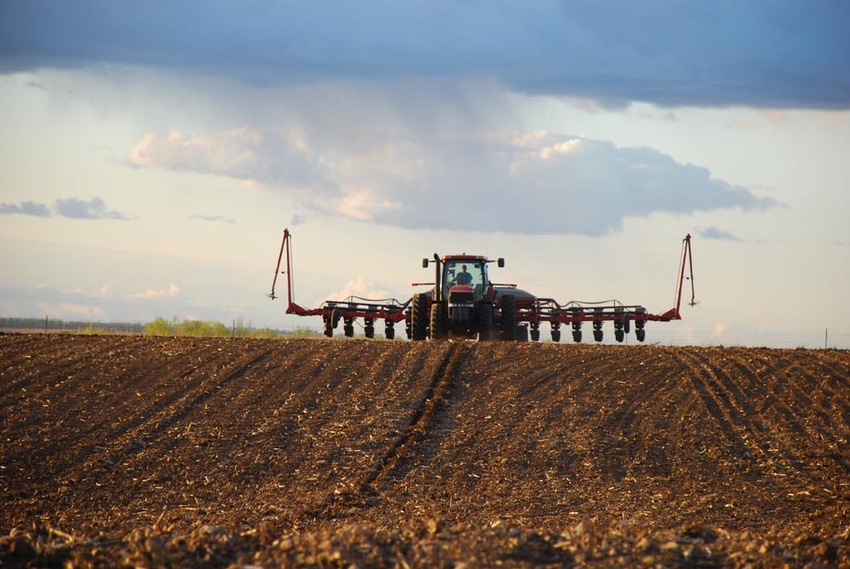
An August 2020 survey conducted by the Farm Futures team found farmers across the country are eager to plant more soybeans in 2021. Survey respondents reported a slight decline in corn acreage in favor of soybeans for next year’s crop as a recent uptick in soybean demand sparked a rally.
Farm Futures respondents indicated planting 0.3% fewer corn acres in 2021/22 after demand destruction eroded 440 million bushels from the 2019/20 demand pipeline. While 2020/21 corn planting progress was largely underway when the pandemic caused corn demand to evaporate, farmers now have over six months of pandemic experience under their belts.
While ethanol and livestock demand have struggled to break through pandemic plateaus, farmers are predicted to plant 91.8 million acres of corn next spring. Given favorable planting and growing conditions, 2021 could be a chance for farmers to sow record-setting corn yields and volumes as demand continues to recover amid the pandemic.
The recent run-up in soybean prices has made U.S. soy acreage a hot prospect in the commodity markets. Farm Futures respondents projected planting nearly 4.1 million more acres of soybeans in 2021 compared to 2020, totaling 87.9 million acres. If realized, 2021 soybean acreage will be the third highest planted soy acreage on record.
Price ratio favors beans
Market incentives justify this move. The current new crop soybean – corn price ratio strongly favored soy acreage over corn throughout this summer. Chinese soy demand soared higher in late May as the world’s second largest economy began booking orders for new crop soybeans. Since June 1, China has booked 294.8 million bushels of 2020/21 soybeans.
With Brazilian exportable supplies heavily depleted as soybean harvest approaches in the U.S., soybeans may find enough favor in international channels this winter to justify a nearly 5% increase in soybean acreage next year.
Contrary to recent trends in falling wheat acreage, Farm Futures survey respondents indicated a shift from spring wheat acreage to winter wheat in the August 2020 survey. If realized, a higher 2021 winter wheat acreage would reverse seven consecutive years of shrinking winter wheat acres. Excluding durum acres due to a statistically insignificant response rate, other spring and winter wheat acreage is predicted to total 42.7 million acres in 2021, up 0.3% from 2020.
A lower dollar and increased consumer demand for pasta amid the coronavirus pandemic reignited both domestic and international attention to U.S. wheat. As international wheat movement increases in the wake of the pandemic, export demand will be critical to supporting wheat prices and by extension, wheat acreage.
Farm Futures surveyed 1,044 respondents on July 14-27 via an email questionnaire.
| USDA 2019 | USDA 2020 | Farm Futures 2021 Forecast | Change (Acreage) | Change (%) |
Corn | 89,700,000 | 92,006,000 | 91,757,562 | (248,438) | -0.3% |
Soybeans | 76,100,000 | 83,825,000 | 87,920,914 | 4,095,914 | 4.9% |
Winter Wheat | 31,159,000 | 30,550,000 | 31,256,316 | 706,316 | 2.3% |
Spring Wheat (excl. durum) | 12,660,000 | 12,200,000 | 11,616,820 | (583,180) | -4.8% |
About the Author(s)
You May Also Like






